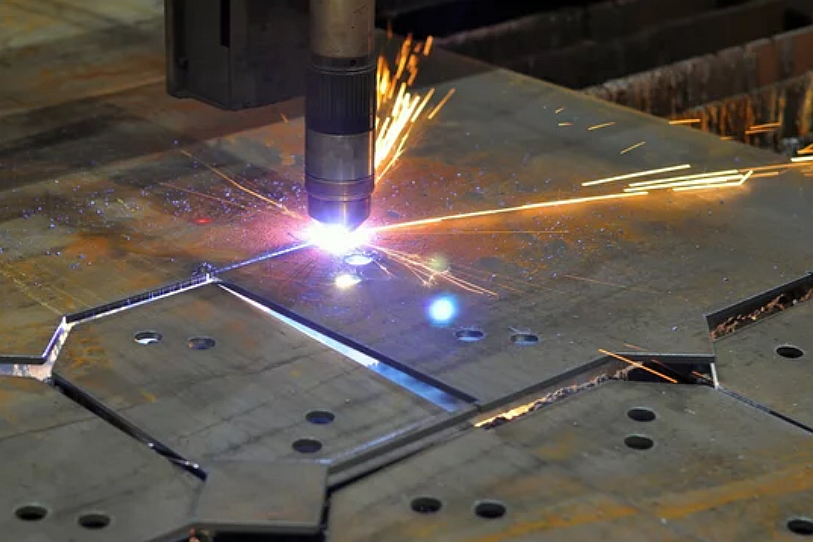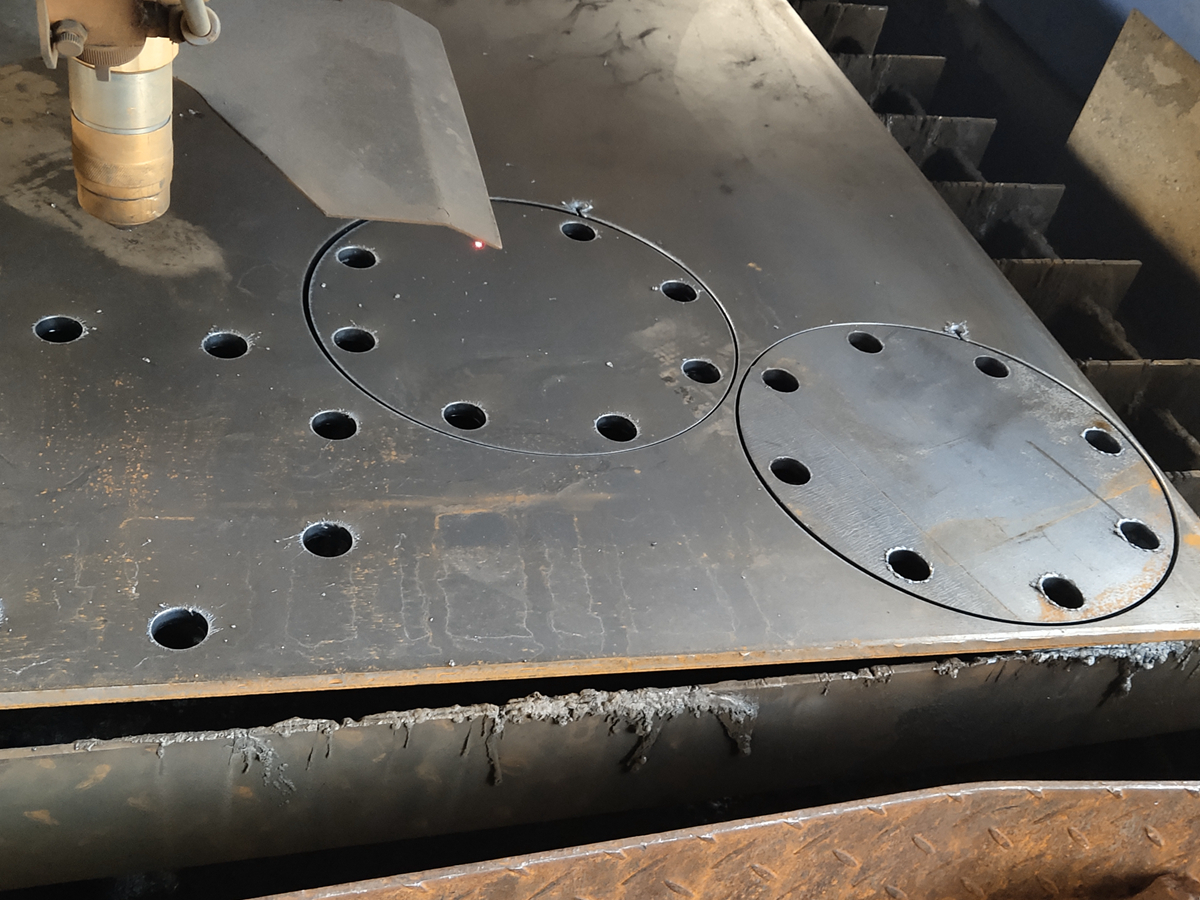How can plasma cutting precision be improved in manufacturing?
Overview
Plasma cutting is already known for speed and versatility, but achieving high precision requires optimizing equipment settings, material selection, and downstream finishing processes. Manufacturers across various sectors, including aerospace, automotive, and telecommunications, frequently enhance plasma-cut accuracy through controlled workflows, integrated machining systems, and effective surface conditioning.
Optimize Process Control and Cutting Parameters
Precision begins with CNC-controlled systems that regulate torch movement, travel speed, and arc stability. Integrating plasma units into advanced workflows such as sheet metal fabrication or upstream prototyping ensures consistent dimensional outcomes. When tighter edge detail is needed, plasma cutting is often paired with processes like laser cutting or refined via CNC machining prototyping to achieve final tolerances.
Other manufacturing processes, such as sheet metal stamping and metal bending, also support plasma-cut components by ensuring stable pre-cut geometries and minimizing warpage during thermal operations.
Select Materials That Support Stable Arc Performance
Precision can be significantly improved by choosing metals with predictable thermal and conductive characteristics. Common high-performance materials include:
These materials produce consistent kerf widths and stable molten flow, allowing tighter contour control. When plasma-cut parts originate from upstream casting routes such as gravity casting or sand casting, uniform density helps maintain smoother edges and more stable cut paths.
Improve Precision Through Effective Surface Finishing
After cutting, surface treatments refine dimensional accuracy and prepare the workpiece for secondary operations. Two of the most effective finishing processes include:
sandblasting, which removes micro-burrs and oxides that accumulate along plasma cut lines
polishing, which improves edge clarity and prepares surfaces for coatings or assembly
By reducing surface roughness and eliminating inconsistencies, these treatments support precision-critical applications in industries like lighting solutions and power tools.
Integrating Plasma Cutting Into Multi-Stage Precision Workflows
Manufacturers achieve the highest precision when plasma cutting is not treated as a standalone process. Instead, combining it with custom parts manufacturing and continuous inspection loops ensures consistent tolerance control. Many companies refine complex contours by aligning plasma cutting with secondary machining, especially for tight-fit assemblies.
In high-demand sectors such as energy, where stainless steel and nickel alloys are commonly used, precise plasma cutting reduces downstream machining time and enables more reliable part fitment. Paired production routes ensure accuracy throughout large-batch manufacturing.



